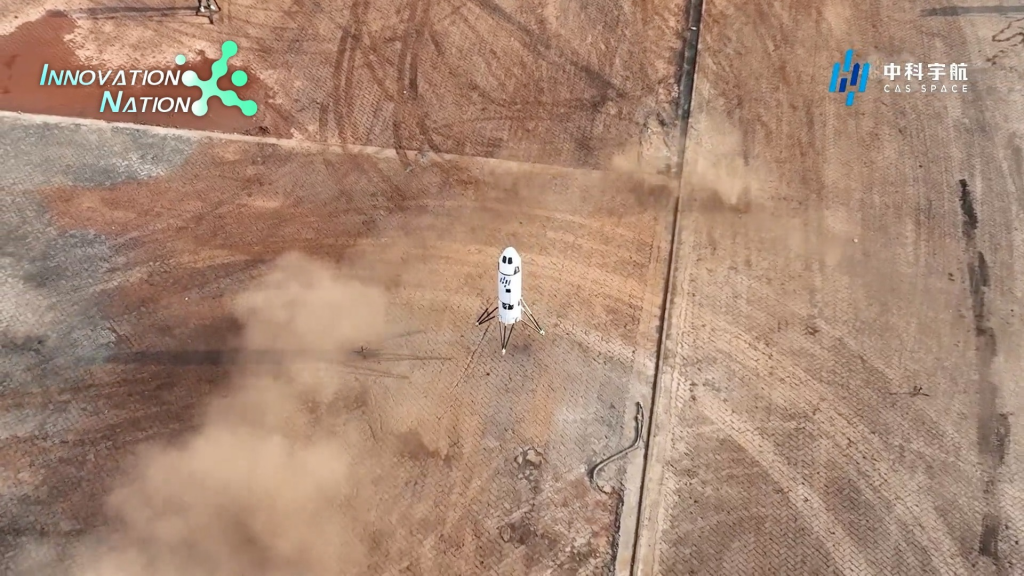China’s ambition to become a leading player in space exploration received a boost when the Chinese Academy of Sciences (CAS) successfully tested a rocket’s vertical landing in the ocean.
The rocket prototype, powered by twin engines, achieved a precision landing with a speed of less than two meters per second, marking a significant step towards the reuse of rocket stages.

The technology of recovering rockets at sea is game-changing in terms of reducing the cost of launching and has validated communication, spacecraft tracking, and measuring technology under the influence of marine clutters. In addition, recovering rockets at sea eliminates the need for a stationary landing pad and could halve the loss of payload carrying capacity after landing.
China plans to incorporate this technology into future rocket models like Lijian-3 and Lijian-3 heavy lift launchers to make space exploration more affordable and extensive. China’s determination to become a leader in space exploration and the inspiration to the private space industry is evident from the successful testing of this technology.

The technology of recovering rockets at sea could reduce the cost of launching and make space exploration more affordable and extensive. According to a report by Global Times, future rocket models like the Lijian-3 and Lijian-3 heavy lift launchers will incorporate sea recovery technology.

The opening of the commercial rocket market in 2014 has allowed Chinese companies to compete with their American counterparts. Despite some uncertainty about when China’s space rockets will be able to land vertically on Earth, the successful testing of this technology is a clear indication of China’s determination to become a leader in space exploration and an inspiration to the private space industry.
As Elon Musk said, “We want a new space race. Space races are exciting.”
China’s pursuit of space exploration is indeed exciting and could lead to groundbreaking discoveries and innovations that benefit humankind.


